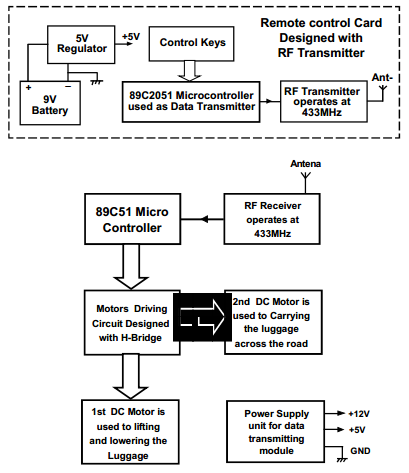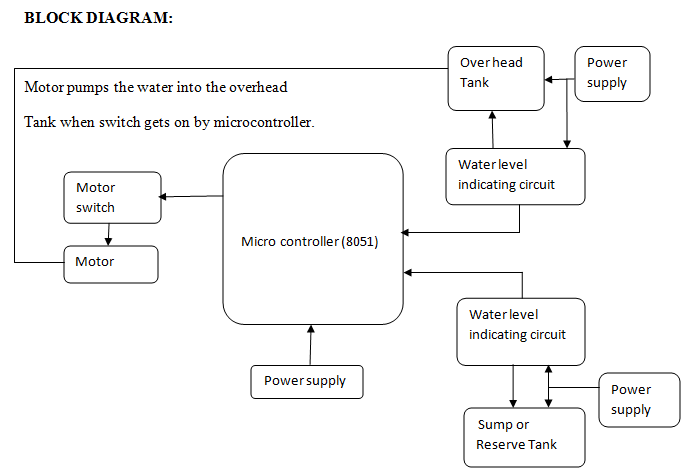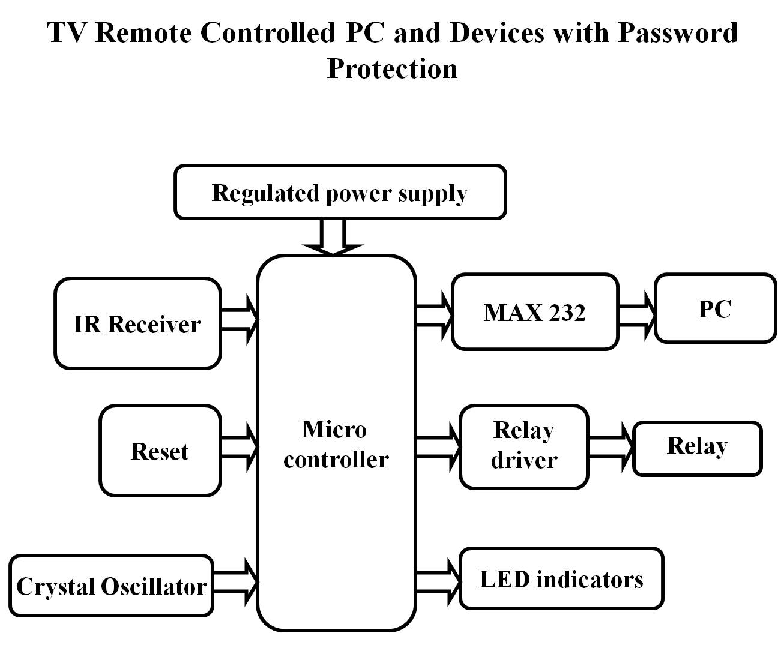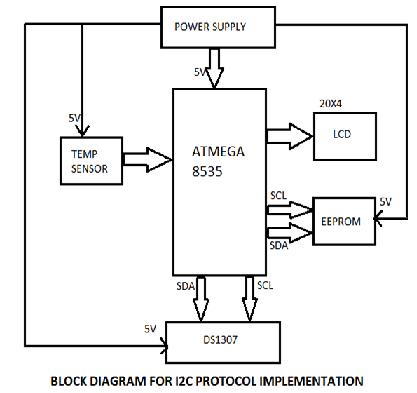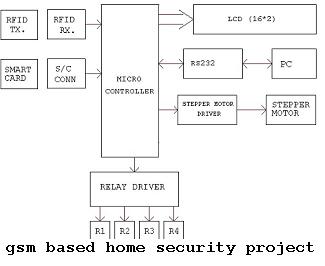Aim: The Multi Purpose Bridge designed here can be used for crossing the road; the same bridge constructed with crane mechanism at its bottom side also can be used as crane for lifting & carrying the packages across the road without disturbing the traffic.
WORKING: The Multi Purpose Bridge is constructed with metal sheets & the crane mechanism is designed with two DC motors. The mechanical transition section is aimed to lift the luggage up to certain height & it is carried to the other side of the road.
The crane is controlled through wireless operates, & the wireless network is designed with RF modules operates at 433MHz, so that the operator can sit at one place & can handle the crane.
The control circuit is designed with 89C51, & motors are driven through ‘H’ bridge. The system is quite useful for big cities.
Multy Purpose Bridge Blockdiagram Includes
- 89C51 MicroController
- Motors Driving Circuit Designed with H-Bridge
- 1st DC Motor is used to lifting and lowering the Luggage
- 2nd DC Motor is used to Carrying the luggage across the road
- RF Receiver operates at 433MHz
- Antena
- Power Supply unit for data transmitting module
- +12V
- +5V
- GND
Remote control Card Designed with RF Transmitter
- 9V Battery
- 5V Regulator
- Control Keys
- 89C2051 Microcontroller used as Data Transmitter
- RF Transmitter operates at 433MHz

